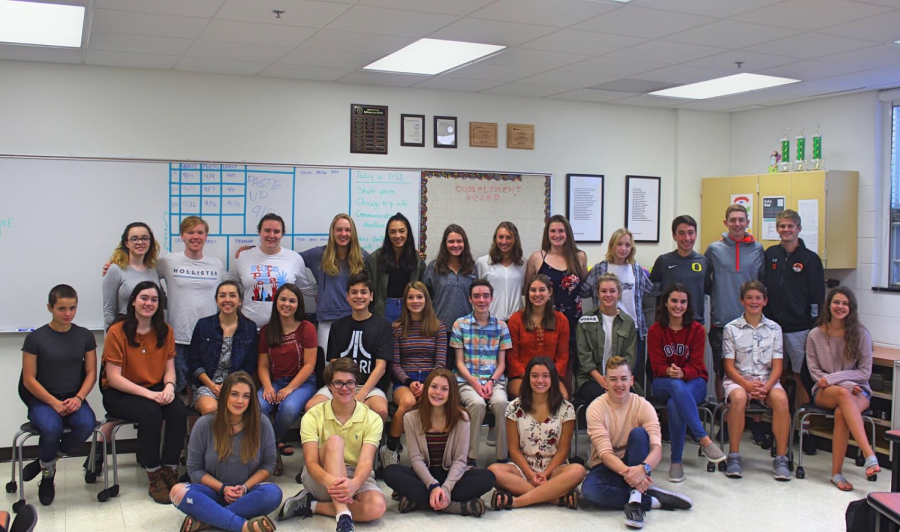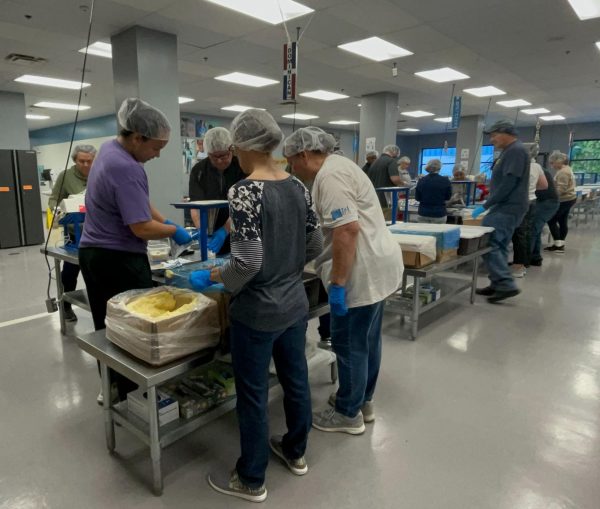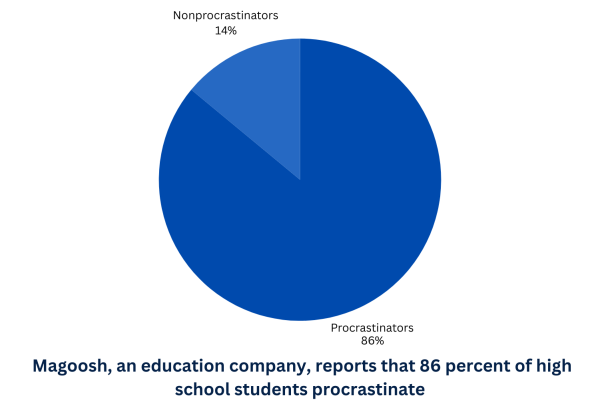A Media Divided
Staff Editorial
The 2018-2019 Drops of Ink staff.
Feb. 17, 2017- “The FAKE NEWS media (failing @nytimes, @NBCNews, @ABC, @CBS, @CNN) is not my enemy, it is the enemy of the American People,” he announces into the Twitterverse in mid-afternoon.
Aug. 22, 2017- “I really think they don’t like our country. I really believe that,” he postulates about the media to a crowd of over 15,000 at a rally in Phoenix, Arizona.
Oct. 11, 2017- “It is frankly disgusting that the press is able to write whatever they want to write,” he says during a broadcasted meeting and photo op with the Canadian Prime Minister, Justin Trudeau.
Sept. 5, 2018- “They don’t like Donald Trump and I don’t like them because they’re very dishonest people,” the president ranted about the news media in an unrelated meeting with sheriffs, referencing a bombshell anonymous New York Times op-ed written by a “senior administration official” that claimed a culture of resistance in the current White House.
On Aug. 16, 2018, The Boston Globe released a staff editorial entitled “Journalists are not the enemy” that aimed to start a conversation among the American public about the administration’s current perceptions of the press. Prior to printing this editorial, the Globe called for editorial boards around the country — “liberal and conservative, large and small” — to join them in addressing this larger issue; over 400 newspapers answered the call, including a plethora of university and high school papers. Today, Drops of Ink shares our voice on the topic.
The Drops of Ink staff believes President Donald J. Trump has had a very long and complicated relationship with the media, built on foundations of mistrust and misunderstanding of the journalistic process. Because of these relationships, he takes every opportunity to bite at and tear down the community of journalists in this nation. Here’s why that’s dangerous.
Now, there is value in constructive, thoughtful criticism of the media; journalists are human, and therefore make mistakes. Correcting these mistakes is at the core of providing honest and informative reporting for the public. However, there is a distinct difference between having a thoughtful dialogue between the White House and the media and ostracizing all journalists in general, labeling them as “liars,” “fake news” or “very dishonest people.”
In doing the latter, our president has created a divide between the media and the administration, with the general public feeling trapped between the two. This detrimental relationship allows the White House to continue to use political power to silence their opponents, specifically journalists, handing out press passes to people who support their views and denying them to people who oppose their views, such as denying CNN, LA Times, and NY Times reporters into certain press meetings because of past critical articles of the administration.
A White House hasn’t taken such a strong stance on the press, specifically a negative stance, since John Adams passed the extremely controversial and paranoid 1778 Sedition Act, which made publishing anything critical of the government illegal. In this age of social media, fake news sources, real news sources and a president who can’t seem to distinguish between the two, the DOI staff believes this is completely new territory for many in the American public: blatant distrust of the media.
Since the beginning of our nation’s government, the press has been protected by the Constitution, defended by the First Amendment in the Bill of Rights. Our Founding Fathers found it important enough, necessary enough, to specifically enumerate the freedom of the press. They believed that journalists are not an enemy, not “the enemy.”
We do too.
There is danger — civil and societal danger — in manifesting this divide. A divide between the mass media, the government and the people leads to a culture of mistrust within the nation.
One thing we believe can help curb this rapidly growing division is recognition of bias. All writers, and therefore all stories, have internalized biases that are tangent to their background, experiences or personal traits. Though one may try to minimize their biases, they can never truly go away. Information and statistics can be skewed to support any point of view, so the constant perpetuation of “this is right and anything else is wrong” can shield what’s really true from view.
The staff believes it is physically and humanly impossible to take bias entirely out of stories, but readers need to understand how bias is both necessary and important because it helps readers understand where the writer is coming from, as long as the reader recognizes that they piece they are reading is biased. It introduces people to a point of view and spurns a dialogue or important civil discourse.
Trust is something that needs to be earned on both sides. Journalists need to work to prove that their biases or opinions aren’t skewing or affecting work that is presented as news. On the other hand, the administration needs to not publicly alienize all journalists, forcing the public to pick sides. Instead, what’s best for the future of the country is a more positive dialogue between the White House and the media.
After all, information shouldn’t be red or blue. It should be true. One of Drops of Ink’s core values is “Tell the truth,” and we will strive to continue to deliver honest, truthful work.














